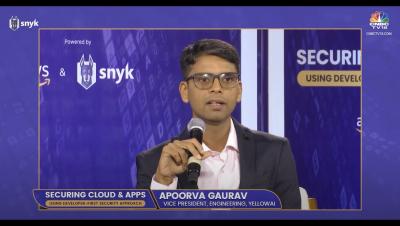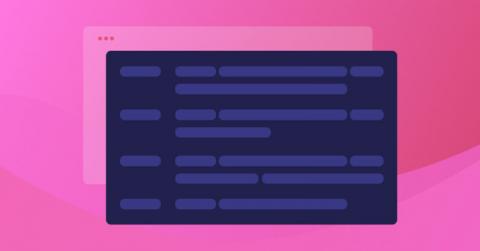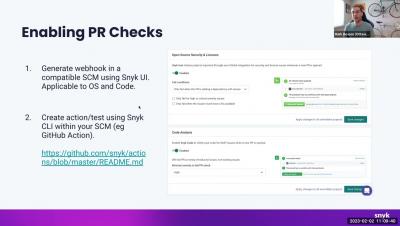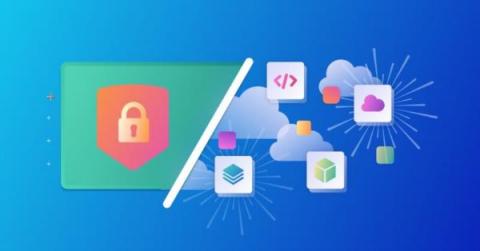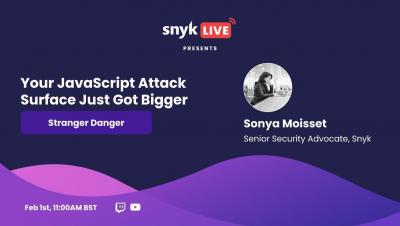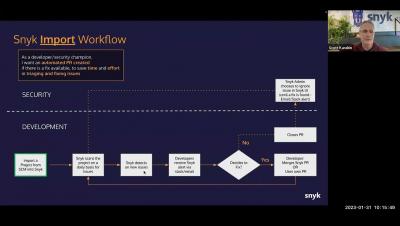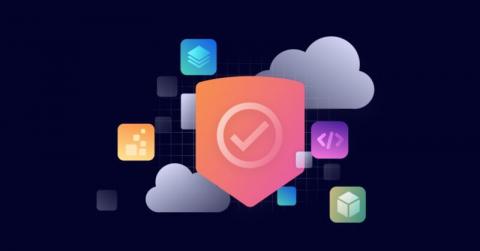Security | Threat Detection | Cyberattacks | DevSecOps | Compliance
Snyk
Evolving the Snyk CLI through an extensible approach
Every day, thousands of developers use the Snyk CLI as part of their development workflow, to identify and resolve security issues in their code as early as possible. What if these developers and other security professionals could harness the power of this dev-first approach and also utilize entirely new security analyses, filters, and workflows via an extensible approach?
Dev-First Prevention Strategies
4 application security bad habits to ditch in 2023 (and best practices to adopt instead)
Regardless of how last year went, a few things probably come to mind that you’d like to leave in 2022. Maybe it’s a bad habit you’d like to drop or a mindset you’d like to change. But speaking of ditching bad habits, some poor cloud application security practices shouldn’t carry over to 2023 either!
Stranger Danger: Your JavaScript Attack Surface Just Got Bigger
Snyk Workflows - Basic Workflows (IDE & CLI)
Using Python libraries for secure network communication
Python is a popular and powerful programming language that is often used for building web applications, data analysis, and automation. One of the key challenges in such projects is ensuring the security of network communication, which can be vulnerable to various threats such as man-in-the-middle attacks and eavesdropping. Fortunately, Python offers a range of libraries for encrypting and securing network communication.
Advanced IntelliJ debugger features you're missing out on
I recently finished writing my debugging book and a debugging course. And as a result, I frequently get asked about my favorite debugging features. Debugging is much more than the IDE debugger. In fact, only the first chapter in the book deals with that aspect. But when we think about debugging, tour mind gravitates to the IDE. However, there are still many nooks and crannies to discover inside these amazing tools. The core reason for this is simple — we never learned to debug.
Adding security to Nuxt 3
Nuxt is an Intuitive Web Framework that allows you to build your next Vue.js application with confidence. It’s an open source framework under MIT license that makes web development simple and powerful. I highly recommend you check out the official website if you want to get started with it.


